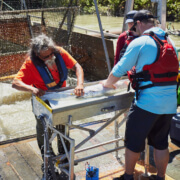Investigating Hatchery Effectiveness
Hatcheries were first built on the West Coast in Canada and the U.S. in the late 19th century. Salmon runs were already declining.
Today, hundreds of hatcheries pepper the Pacific Northwest’s coasts and rivers. In British Columbia, hatcheries release approximately 300 million juvenile Pacific salmon annually to help enhance salmon populations and conserve species at risk.
While hatcheries can support healthy salmon populations, they can also lead to consequences for wild salmon, including effects on their genetics, overharvesting of those that travel alongside hatchery fish, and competition for food and habitat.
As hatcheries strive to rebuild and conserve Pacific salmon, how effective are they?
To begin answering that question, PSF launched the Hatchery Effectiveness Review in 2019. The program not only evaluates effectiveness, but also aims to identify consistent methods to improve survival rates.
The study team has completed the first comprehensive review of hatchery release strategies in B.C. The study considered all releases and recoveries of coded wire tagged Chinook and coho in the province since 1972, as well as specific release experiments run by DFO’s Salmonid Enhancement Program over the last 20 years. The peer-reviewed Canadian Journal of Fisheries and Aquatic Sciences published the article on Feb. 16, 2023.
The results reveal room for improvement in release strategies to help maximize survival.
For example, the size-at-release and time-of-release can make a difference. While results vary, generally speaking, releasing fish at larger sizes and releasing Chinook earlier and coho later than historically done will likely result in higher survival rates.
“Both hatchery and wild salmon survival depend on the conditions they face as juveniles, so release strategies, such as the timing and size of the fish, matter,” says PSF biologist Sam James, who lead the release strategy study.
“However, there is no one-size-fits-all solution. Given that salmon populations in B.C. differ in genetics, habitats, and environmental exposures, salmon enhancement strategies need an equally diversified approach.”
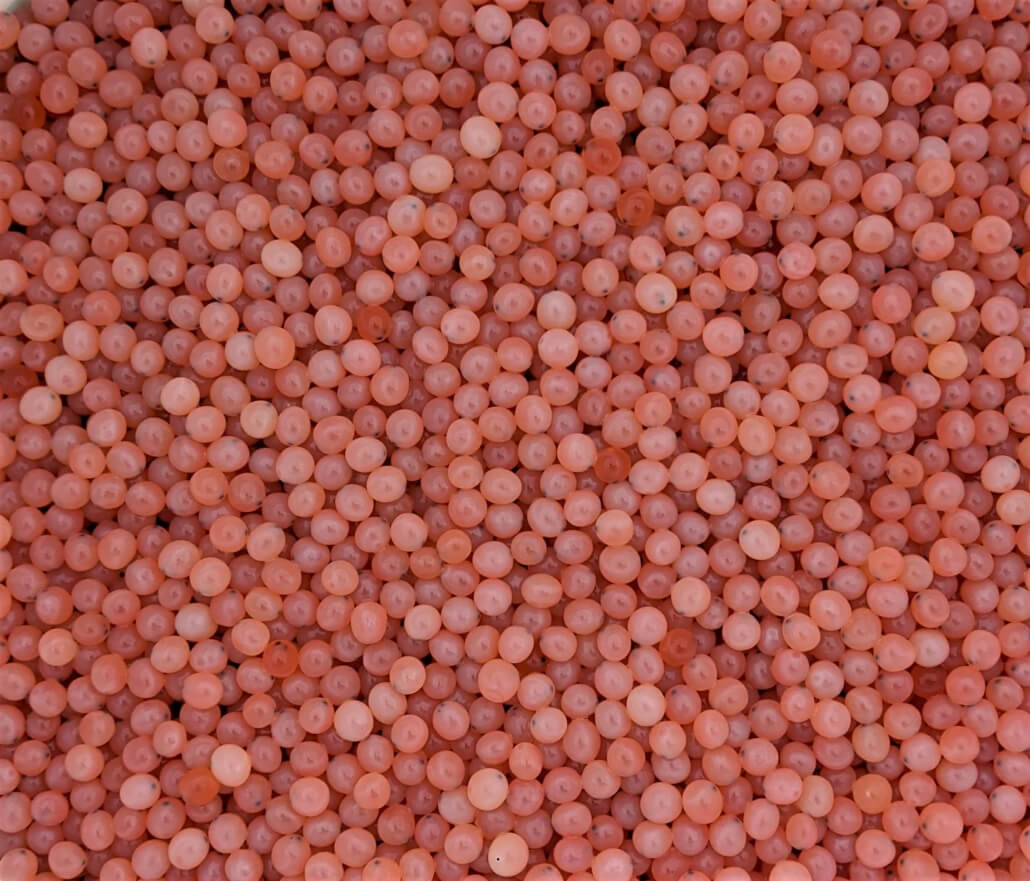
Chum eggs collected from spawning salmon at the Chehalis River Hatchery (photo: Mirko Diaz)
Raising young Pacific salmon in hatcheries for life in the wild is complex. There are more than 9,000 distinct populations of Pacific salmon in B.C., each carrying unique genetics and life histories. Coupled with differences in hatchery operations and conditions, there is no all-encompassing solution. While PSF’s report provides hatchery-specific information for managers to consider when planning releases in the future and identifies locations with the greatest opportunities for improvement, each hatchery is unique, and what works best at one facility may not work at another.
Additionally, environmental conditions are changing, so how hatchery salmon are reared and released needs to be adaptive. This will require long-term experiments, consistent data collection and analysis, and increased monitoring in areas lacking quality data.
PSF’s Hatchery Effectiveness Review aims to support hatchery managers as they navigate the complex relationships between release strategies and optimal salmon survival. The project’s next phase, currently underway, examines the interactions between wild and hatchery fish.
This review was funded by the B.C. Salmon Restoration and Innovation Fund. Learn more.

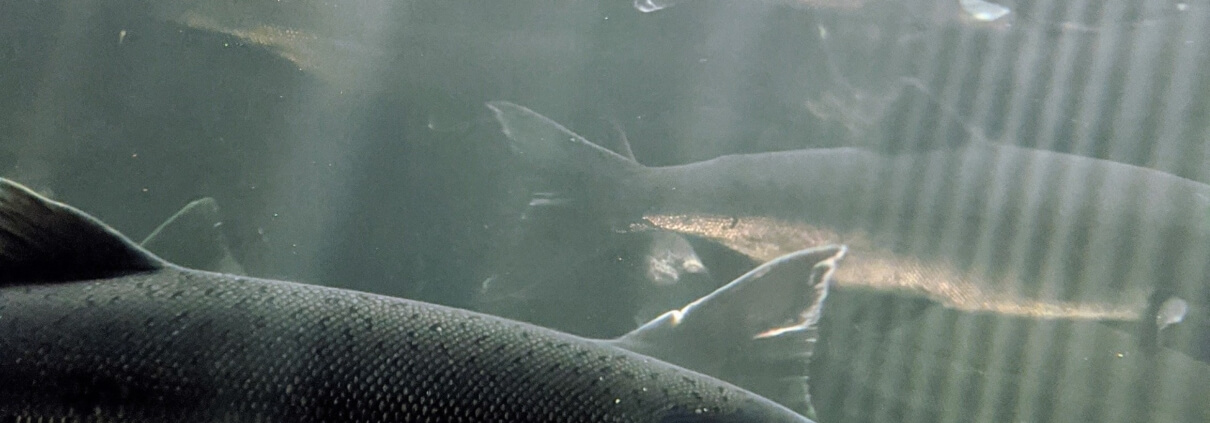
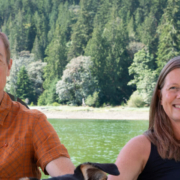
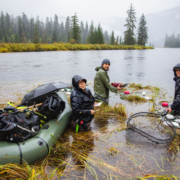
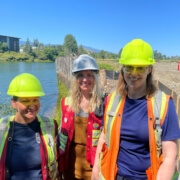
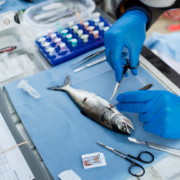 Amy Romer
Amy Romer
